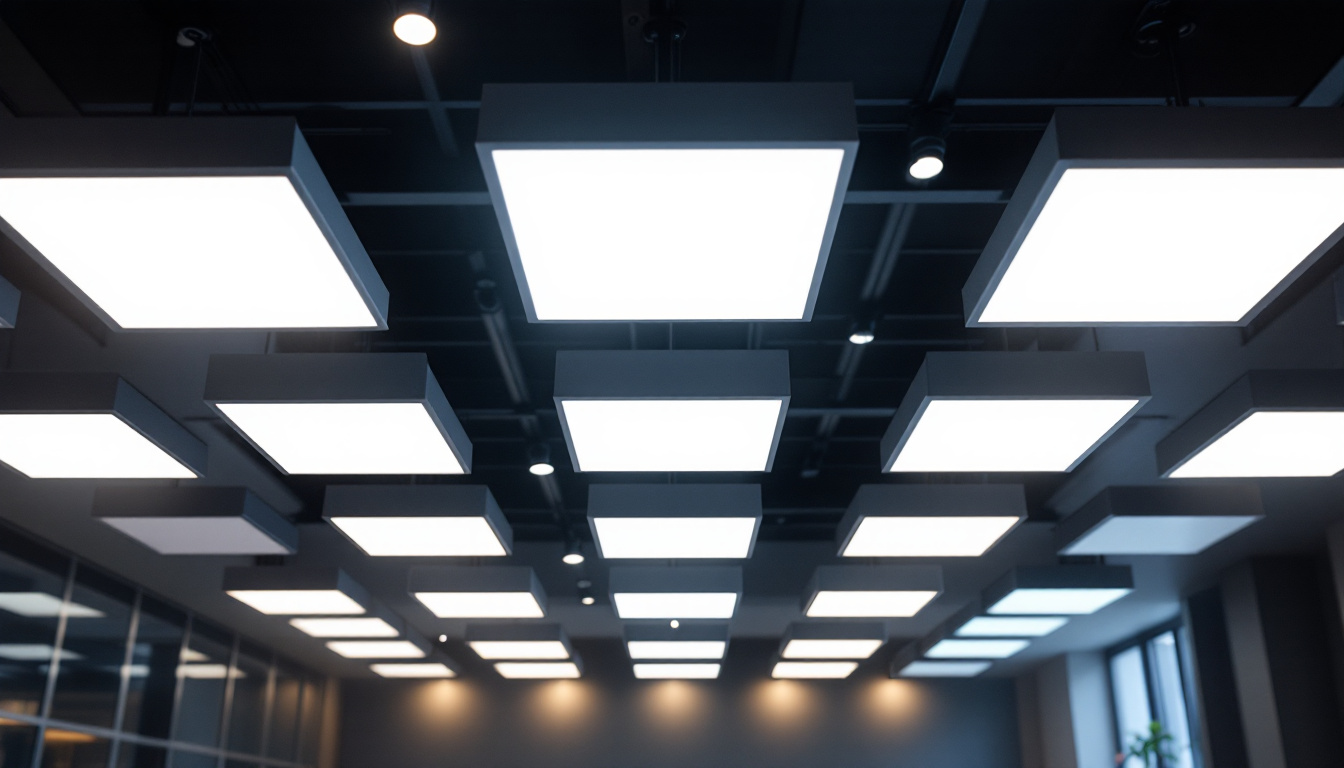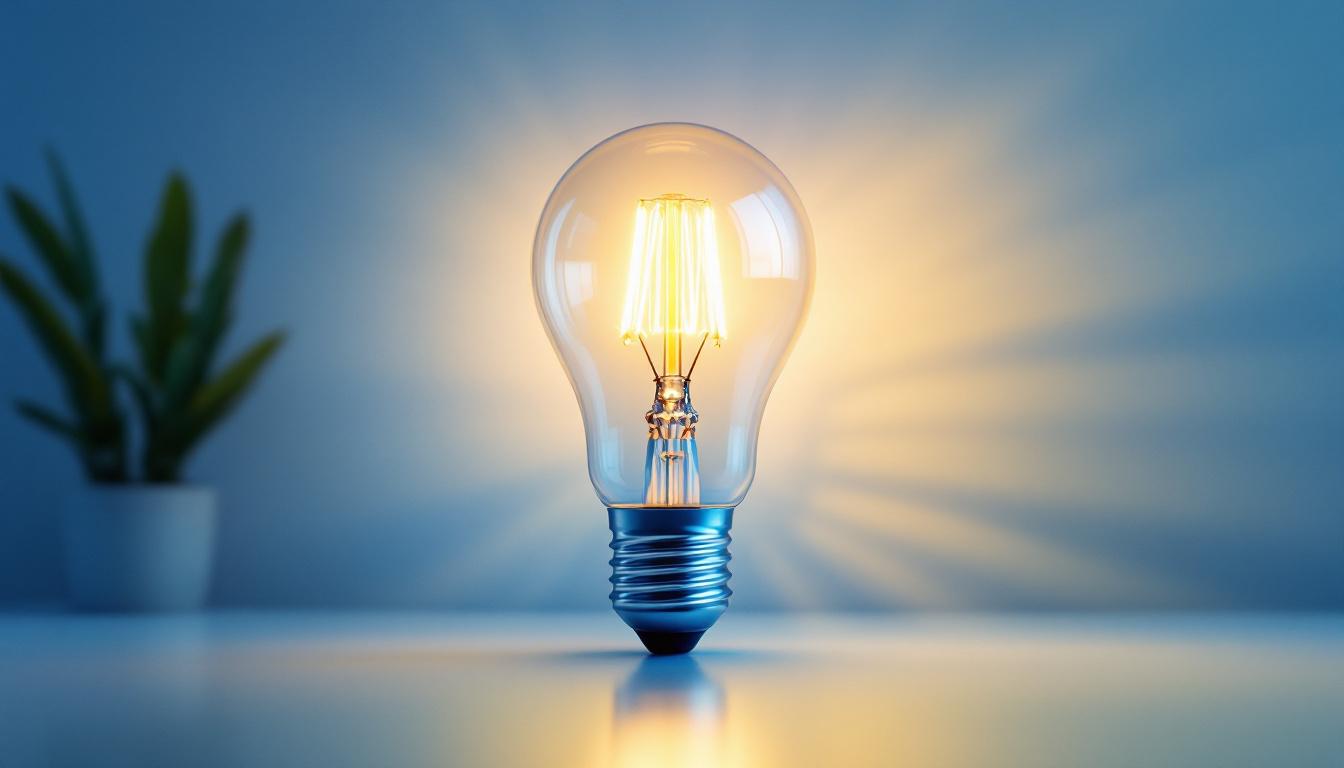
panel lighting has become a popular choice in both commercial and residential applications. These fixtures are designed to provide uniform illumination while maintaining a sleek and modern aesthetic. Their versatility makes them suitable for a variety of settings, from office spaces to retail environments. As lighting contractors, understanding the nuances of panel lighting can significantly enhance the services offered and ultimately boost profitability.
Panel lights typically come in a rectangular or square shape and are often installed in ceilings, offering a seamless look that integrates well with modern architecture. They utilize LED technology, which not only ensures energy efficiency but also longevity, reducing the frequency of replacements and maintenance. Additionally, many panel lights are now available with adjustable color temperatures, allowing users to customize the ambiance of their space according to their needs, whether it be a warm, inviting glow for a cozy gathering or a bright, cool light for focused work.
One of the primary advantages of panel lighting is its energy efficiency. LED panel lights consume significantly less power compared to traditional fluorescent or incandescent bulbs. This reduction in energy consumption translates to lower utility bills for clients, making panel lighting an attractive option for cost-conscious businesses.
Moreover, the long lifespan of LED technology means that clients will spend less on replacements and maintenance. This durability is a key selling point for contractors looking to provide value-added services to their customers. Furthermore, many panel lights are designed with advanced features such as dimming capabilities and smart technology integration, allowing users to control lighting remotely or set schedules, thus enhancing convenience and energy savings even further.
Panel lighting can be effectively utilized in various environments. In commercial settings, such as offices and retail spaces, they provide bright and consistent lighting that enhances visibility and improves the overall ambiance. This is particularly important in areas where employees or customers need to focus on tasks or products. The uniform light distribution helps to eliminate shadows and glare, creating a more comfortable and productive environment.
In residential applications, panel lights can be used in kitchens, living rooms, and even bathrooms, offering a modern touch while ensuring adequate illumination. Their slim profile allows for installation in spaces where traditional fixtures might not fit, making them a versatile choice for contractors. Additionally, panel lights can be integrated into smart home systems, allowing homeowners to adjust lighting based on their daily routines or preferences, thereby enhancing the overall functionality and comfort of their living spaces. The growing trend towards energy-efficient and aesthetically pleasing lighting solutions makes panel lighting an essential consideration for both new builds and renovations.
For lighting contractors, the installation process is crucial in determining profitability. Efficient installation not only saves time but also reduces labor costs, allowing for a more competitive pricing strategy. Understanding the best practices for panel lighting installation can lead to greater efficiency and, ultimately, higher profit margins.
Before starting an installation, thorough planning is essential. This involves assessing the space, understanding client needs, and determining the optimal placement of panel lights. By conducting a detailed site survey, contractors can identify the best locations for installation, ensuring even light distribution and minimizing the risk of shadows or dark spots.
Additionally, preparing the necessary tools and materials in advance can streamline the installation process. Having everything on hand reduces downtime and allows contractors to focus on the task at hand, enhancing overall productivity.
When it comes to the actual installation of panel lights, employing the right techniques is vital. Utilizing a grid system can facilitate a more straightforward installation process, especially in suspended ceilings. This method allows for easy adjustments and ensures that panel lights are aligned properly for optimal performance.
Moreover, ensuring that all electrical connections are secure and compliant with local codes is critical. This not only guarantees the safety of the installation but also enhances the longevity of the lighting fixtures, ultimately benefiting both the contractor and the client.
Offering post-installation services can further enhance profitability. This may include routine maintenance checks, troubleshooting, and providing clients with guidance on how to maximize the efficiency of their new lighting systems. By establishing a relationship that goes beyond the initial installation, contractors can create opportunities for repeat business and referrals.
Understanding the cost implications of panel lighting installations is essential for contractors aiming to maximize profitability. This involves not only the initial investment in materials and labor but also the long-term savings that can be passed on to clients.
The cost of panel lighting fixtures can vary significantly based on brand, quality, and features. While it may be tempting to opt for the cheapest options available, investing in higher-quality fixtures can yield better results in terms of performance and longevity. Clients are often willing to pay a premium for reliable products that reduce their overall costs in the long run.
Additionally, considering bulk purchasing options can lead to significant savings. Contractors who establish relationships with suppliers may be able to negotiate better prices, which can enhance profit margins.
Labor costs are another critical factor in determining profitability. Streamlining the installation process can help reduce these costs, allowing contractors to take on more projects within the same timeframe. Training staff on efficient installation techniques and best practices can lead to improved productivity and reduced labor expenses.
Furthermore, utilizing technology, such as project management software, can help track labor hours and optimize scheduling, ensuring that projects are completed on time and within budget.
Highlighting the long-term savings that clients can expect from panel lighting installations is a powerful selling point. By providing detailed information on energy efficiency and maintenance costs, contractors can demonstrate the value of investing in quality lighting solutions. This not only helps in closing sales but also fosters trust and credibility with clients.
Effective marketing strategies are essential for contractors looking to promote their panel lighting services. Understanding the target audience and tailoring marketing efforts accordingly can lead to increased visibility and sales.
In today’s digital age, having a strong online presence is crucial. This includes maintaining an informative website that showcases previous projects, client testimonials, and detailed descriptions of services offered. Utilizing social media platforms can also enhance visibility and engage potential clients.
Content marketing, such as blog posts or videos explaining the benefits of panel lighting, can position contractors as industry experts and attract more inquiries. By providing valuable information, contractors can build trust and encourage potential clients to reach out for services.
Building relationships with architects, interior designers, and other contractors can lead to valuable referrals. Networking within the industry can open doors to new projects and collaborations, expanding the reach of panel lighting services.
Participating in local trade shows or community events can also enhance visibility and showcase expertise. Engaging with the community helps to establish a reputation as a reliable contractor, leading to increased business opportunities.
Educating clients about the benefits and features of panel lighting can be a powerful marketing tool. Offering workshops or informational sessions can help potential customers understand the value of investing in quality lighting solutions. This not only positions contractors as knowledgeable experts but also fosters a sense of community and trust.
The lighting industry is constantly evolving, and staying ahead of trends can provide contractors with a competitive edge. Understanding emerging technologies and design preferences can help in adapting services to meet changing client demands.
Smart lighting is becoming increasingly popular, allowing users to control their lighting systems through mobile devices or voice commands. Integrating smart technology with panel lighting can enhance functionality and appeal to tech-savvy clients. Offering these solutions can set contractors apart from competitors and attract a new customer base.
Additionally, educating clients on the benefits of smart lighting, such as energy savings and convenience, can further enhance sales opportunities.
As sustainability becomes a priority for many consumers, offering eco-friendly lighting solutions can be a significant selling point. This includes promoting energy-efficient products and practices that minimize environmental impact. Contractors who prioritize sustainability can attract clients who value eco-conscious choices, enhancing their marketability.
Furthermore, staying informed about advancements in sustainable lighting technology can help contractors provide cutting-edge solutions that meet the needs of environmentally conscious clients.
Design trends in lighting are constantly evolving, with a growing emphasis on aesthetics and functionality. Staying updated on the latest design innovations can help contractors offer unique and appealing solutions that resonate with clients. This might include customizable panel lighting options or innovative installation techniques that enhance the overall look of a space.
By showcasing a diverse range of design options, contractors can cater to a wider audience and meet the specific needs of different clients, ultimately driving profitability.
Panel lighting presents a wealth of opportunities for lighting contractors looking to maximize profitability in their installations. By understanding the benefits, mastering installation techniques, and effectively marketing services, contractors can position themselves as leaders in the industry.
As the lighting landscape continues to evolve, staying informed about trends and innovations will be crucial for maintaining a competitive edge. By embracing new technologies and prioritizing client education, contractors can not only enhance their service offerings but also build lasting relationships with clients, ensuring continued success in the ever-changing world of lighting installations.
Ready to take your lighting installations to the next level? At LumenWholesale, we provide lighting contractors like you with the highest quality, spec-grade panel lighting products at unbeatable wholesale prices. Say goodbye to local distributor markups and hello to our superior selection that meets rigorous industry standards. With our hassle-free bulk buying and free shipping, you can trust that you’re getting premium lighting at the best value — no hidden fees, no compromises. Elevate your lighting game and ensure your projects shine with reliability and high performance. Explore our wholesale lighting options now and discover the LumenWholesale difference.

Discover how purchasing bulk light bulbs can revolutionize the workflow and cost-efficiency for lighting contractors.

Discover how hanging lights can transform kitchen spaces and enhance efficiency for lighting contractors.

Discover essential insights for lighting contractors on selecting and installing outdoor hanging porch lights.

Discover the transformative impact of B Lamp Bulbs in contemporary lighting solutions.